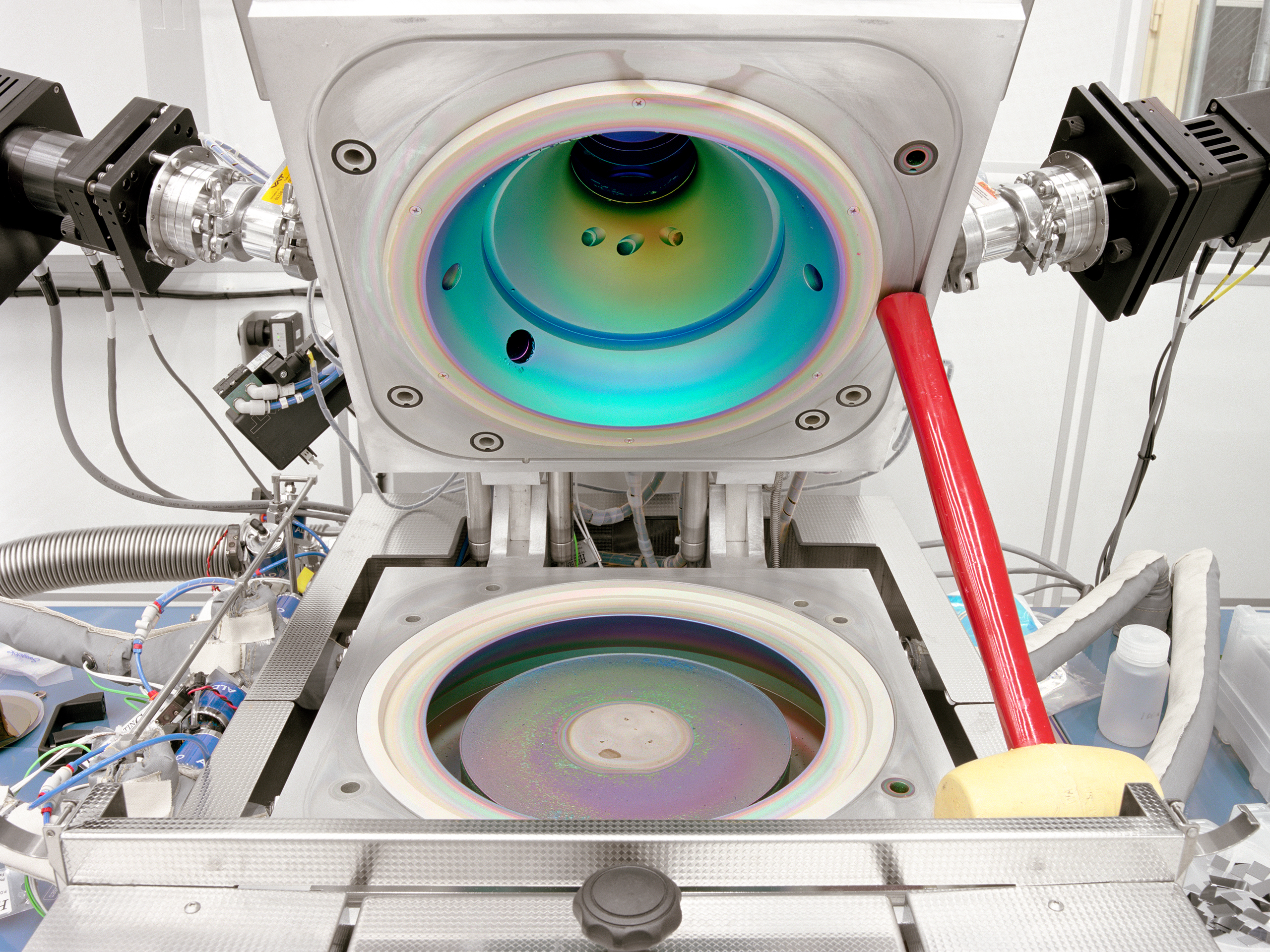
Archival Pigment Print | 48 by 64 inches, edition of 6 + 2AP | 30 by 40 inches, edition of 6 + 2AP
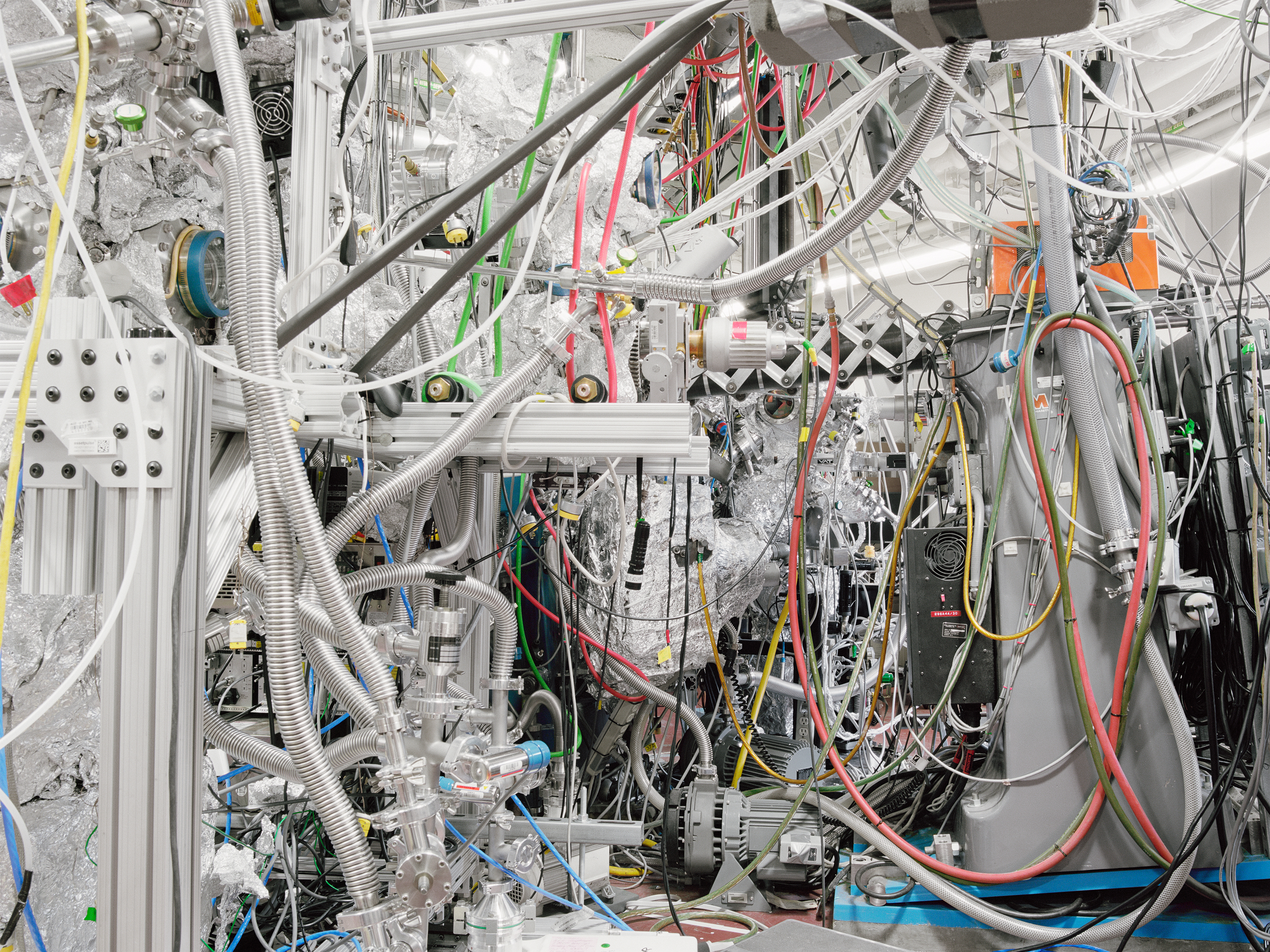
Archival Pigment Print | 48 by 64 inches, edition of 6 + 2AP | 30 by 40 inches, edition of 6 + 2AP
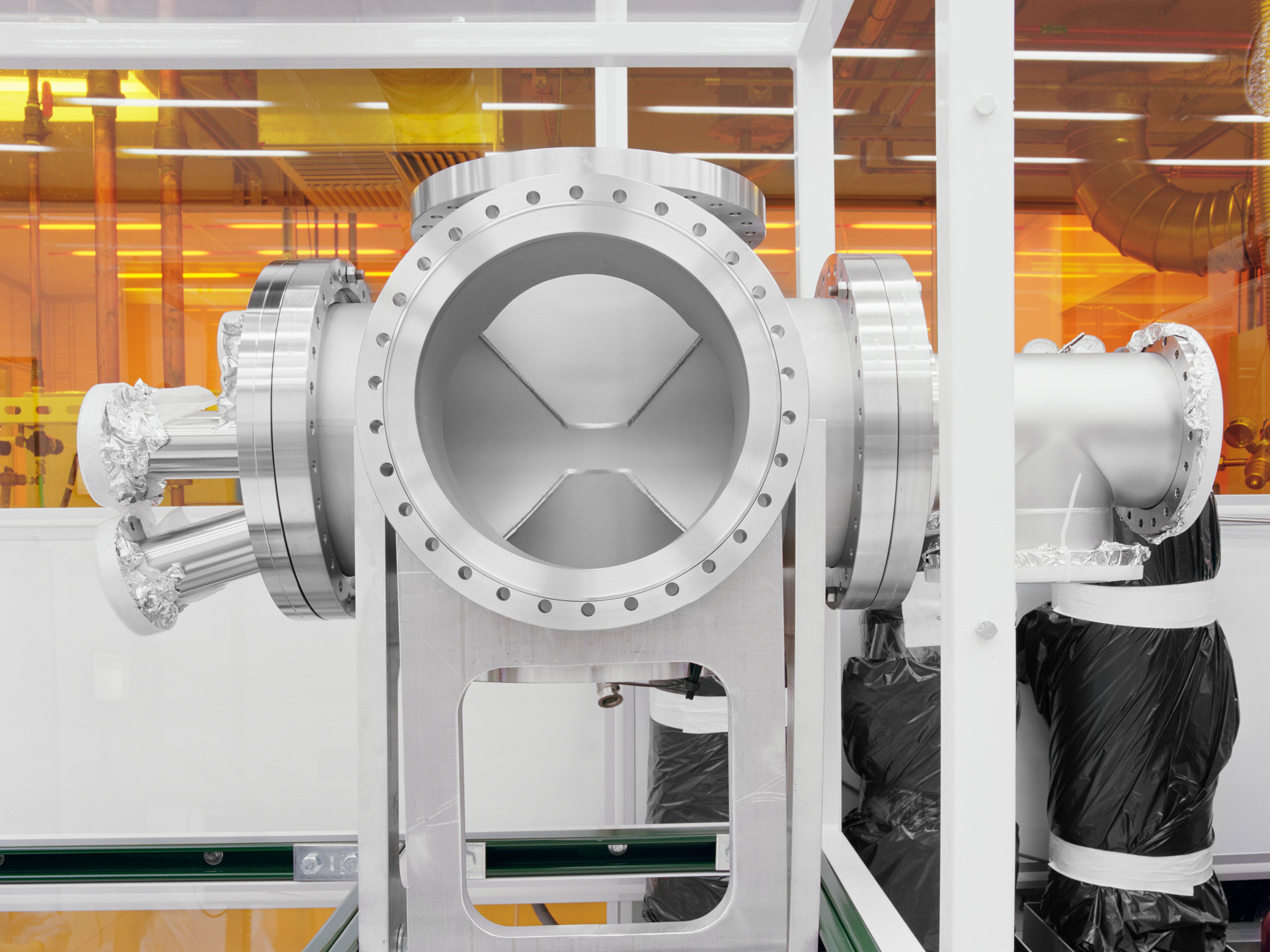
Archival Pigment Print | 48 by 64 inches, edition of 6 + 2AP | 30 by 40 inches, edition of 6 + 2AP
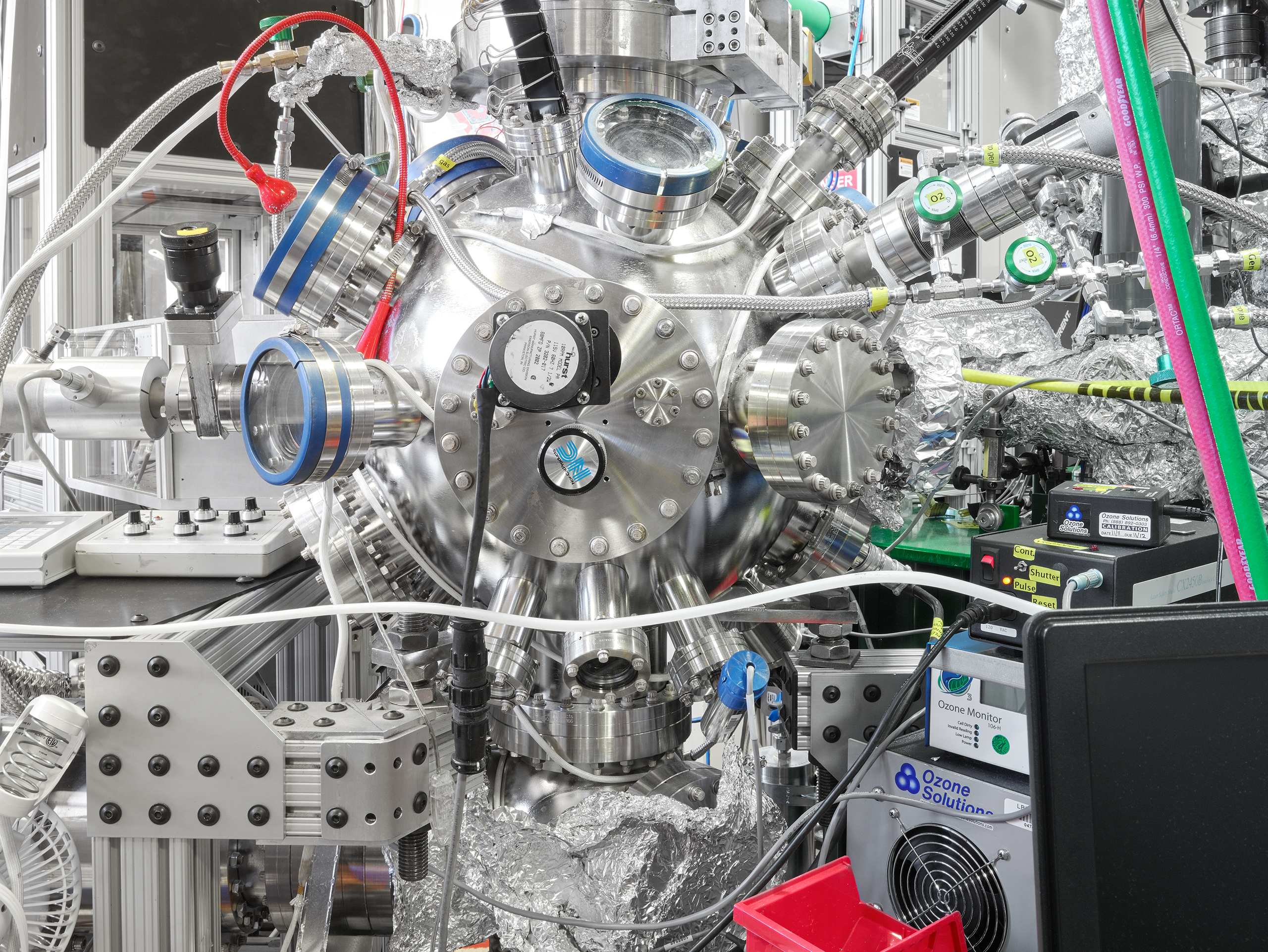
Archival Pigment Print | 48 by 64 inches, edition of 6 + 2AP | 30 by 40 inches, edition of 6 + 2AP
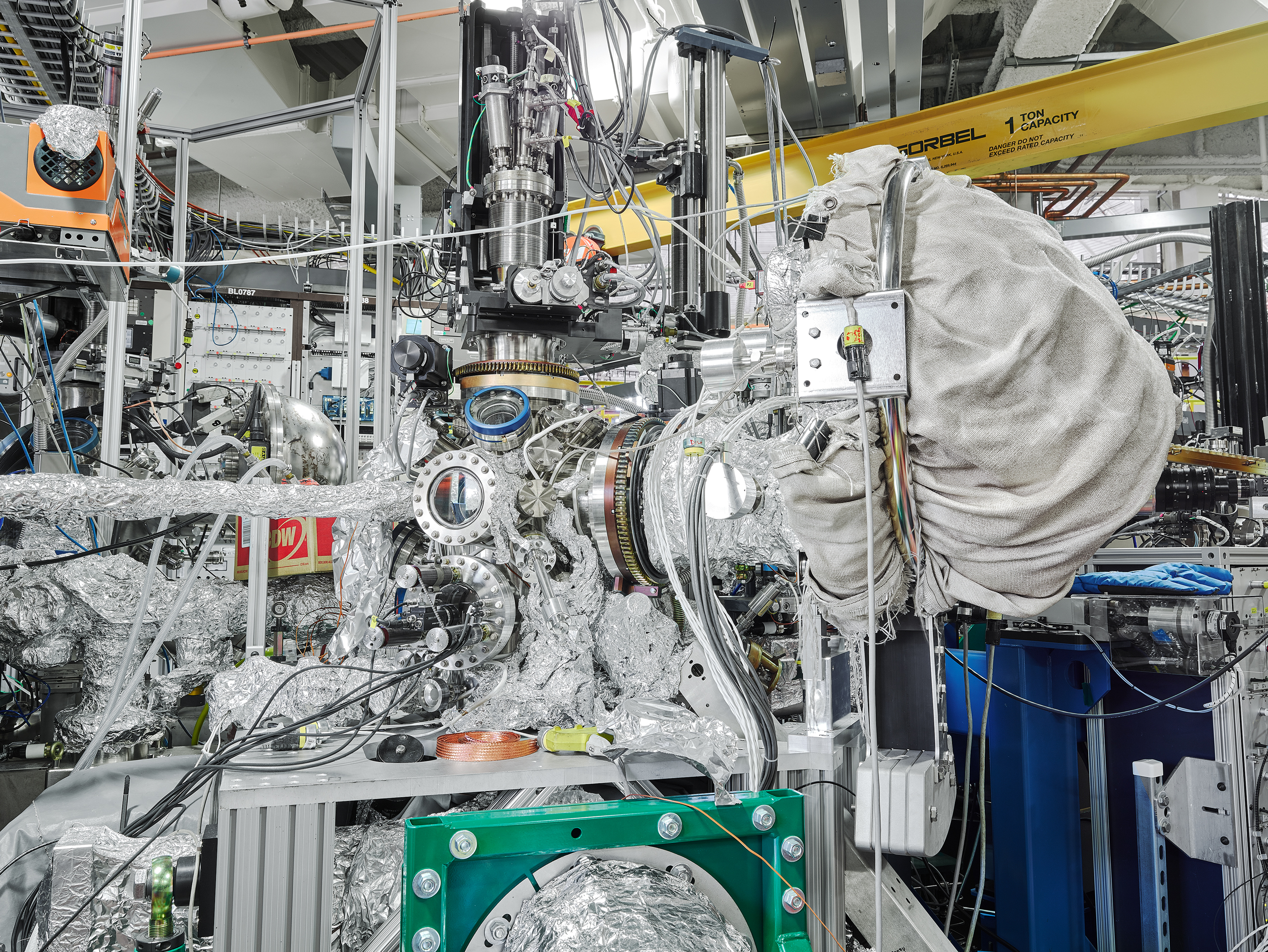
Archival Pigment Print | 48 by 64 inches, edition of 6 + 2AP | 30 by 40 inches, edition of 6 + 2AP
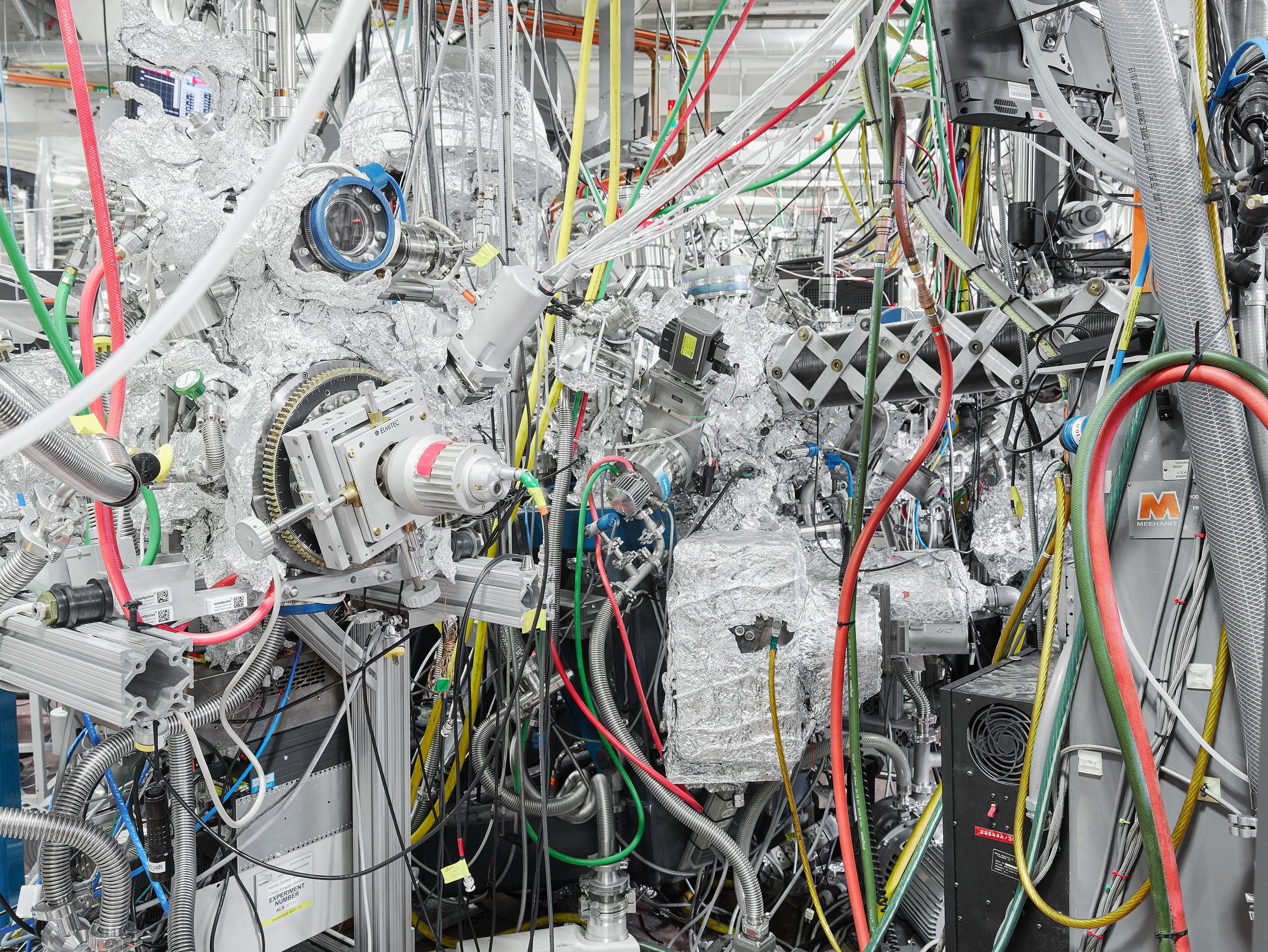
Archival Pigment Print | 48 by 64 inches, edition of 6 + 2AP | 30 by 40 inches, edition of 6 + 2AP
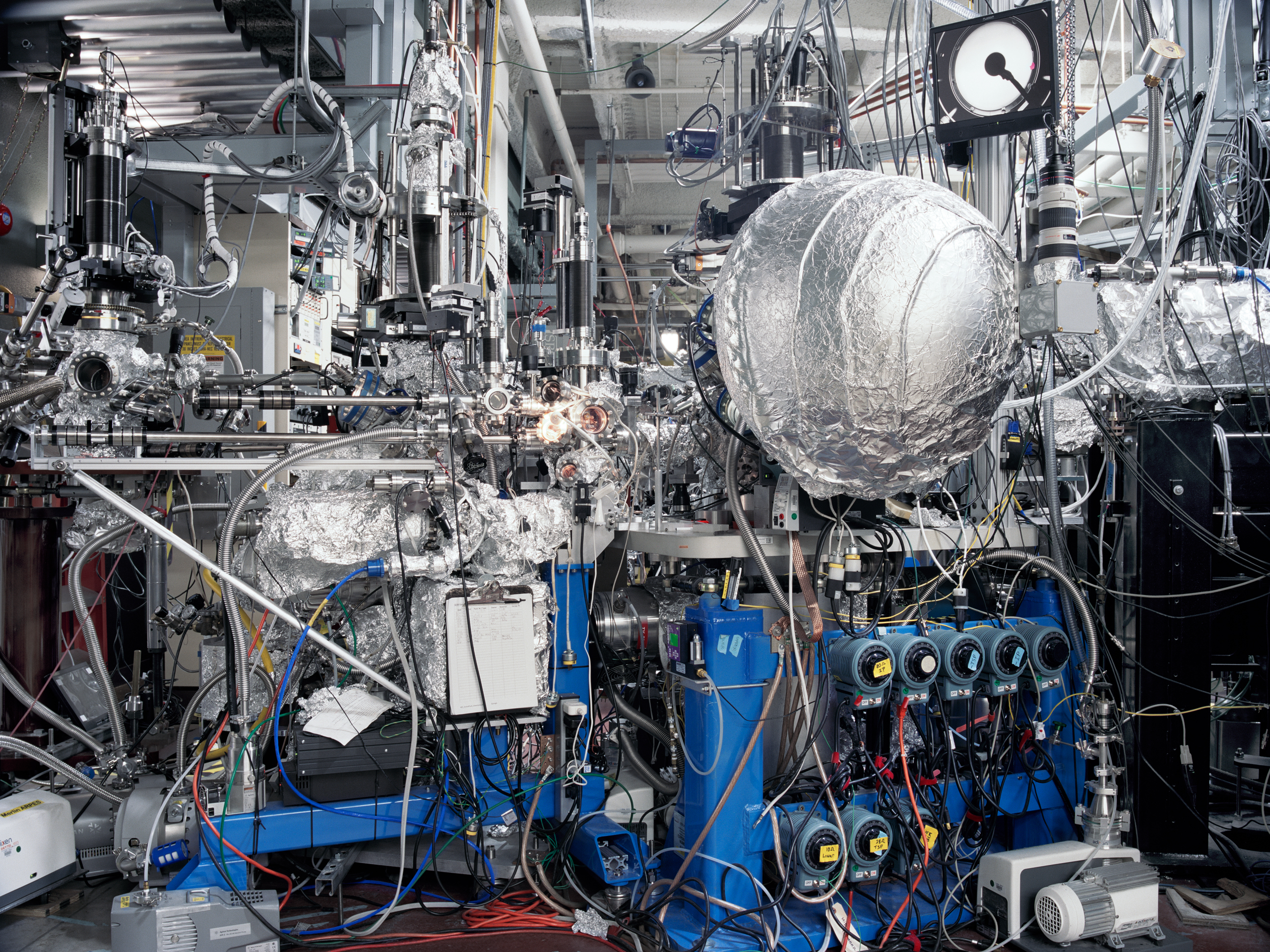
Archival Pigment Print | 48 by 64 inches, edition of 6 + 2AP | 30 by 40 inches, edition of 6 + 2AP

Archival Pigment Print | 48 by 64 inches, edition of 6 + 2AP | 30 by 40 inches, edition of 6 + 2AP
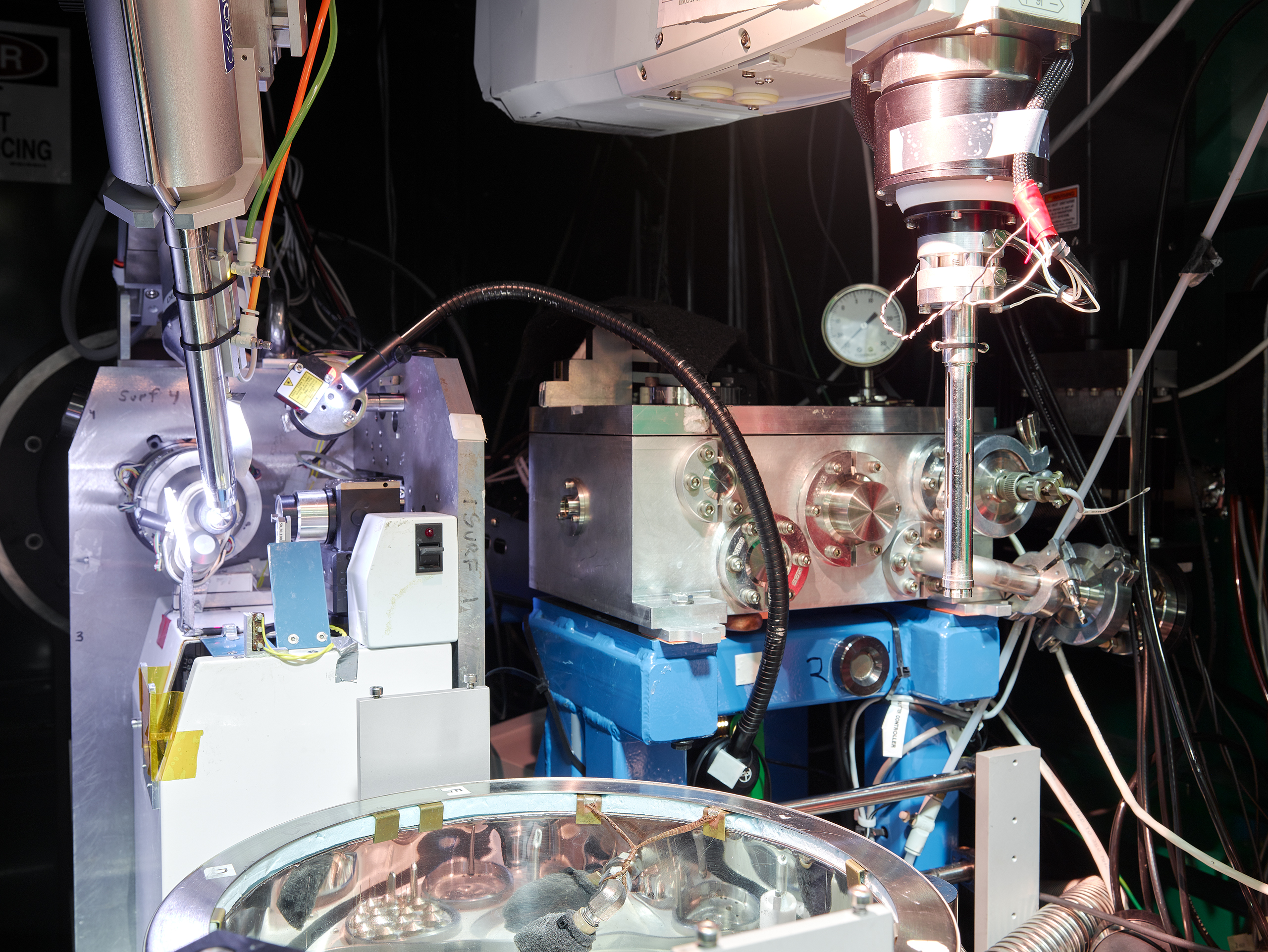
Archival Pigment Print | 48 by 64 inches, edition of 6 + 2AP | 30 by 40 inches, edition of 6 + 2AP
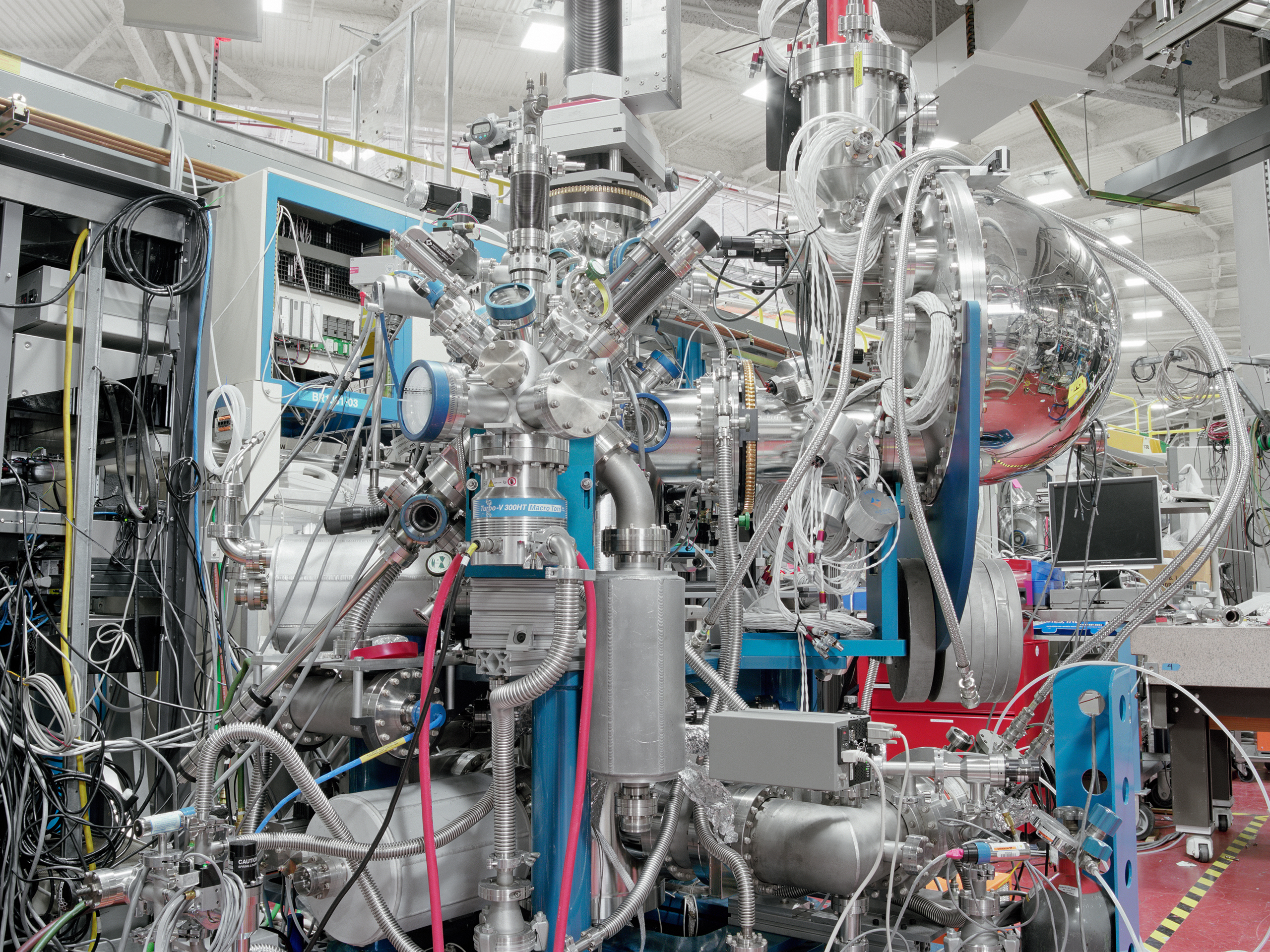
Archival Pigment Print | 48 by 64 inches, edition of 6 + 2AP | 30 by 40 inches, edition of 6 + 2AP
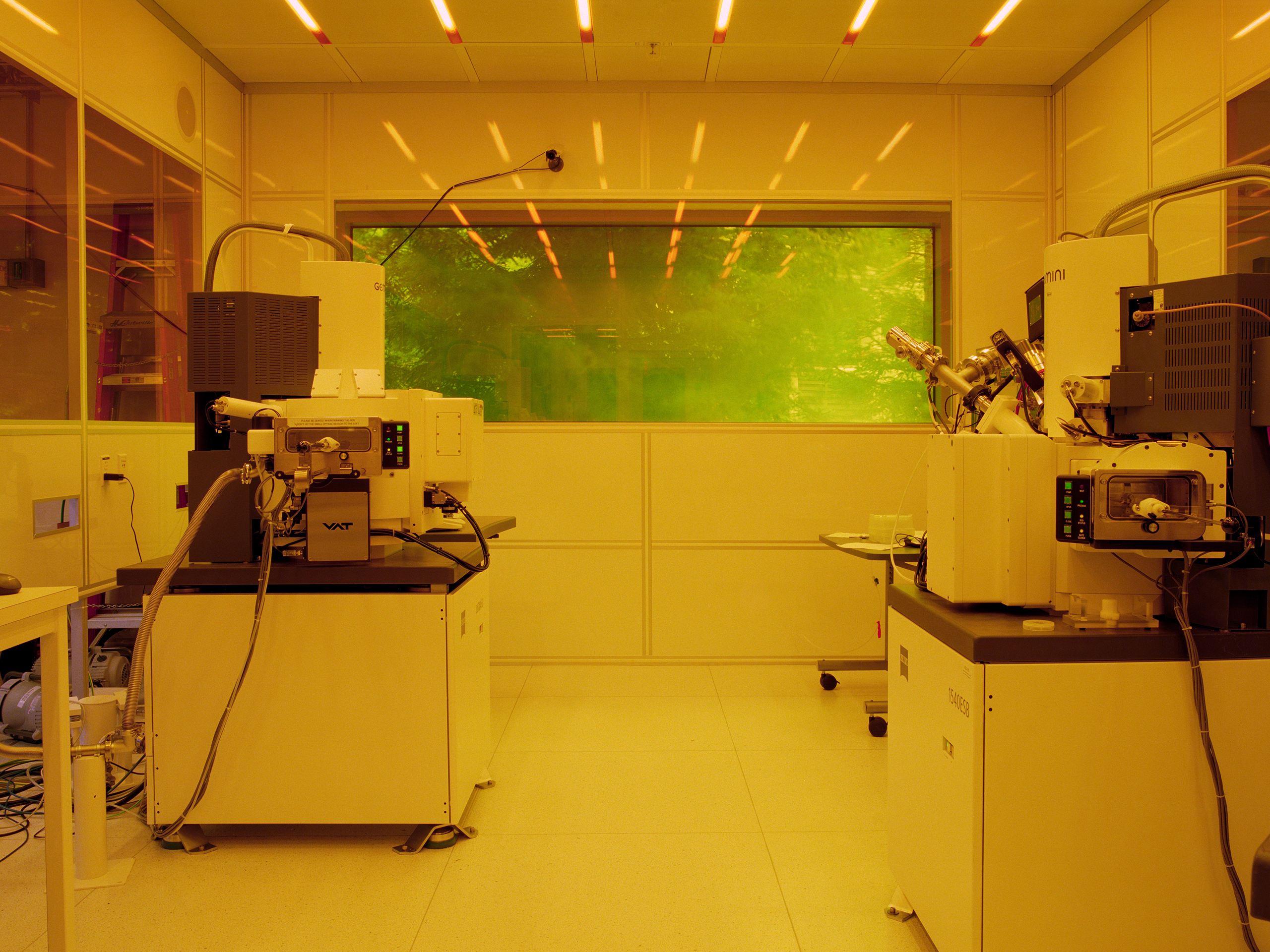
Archival Pigment Print | 48 by 64 inches, edition of 6 + 2AP | 30 by 40 inches, edition of 6 + 2AP
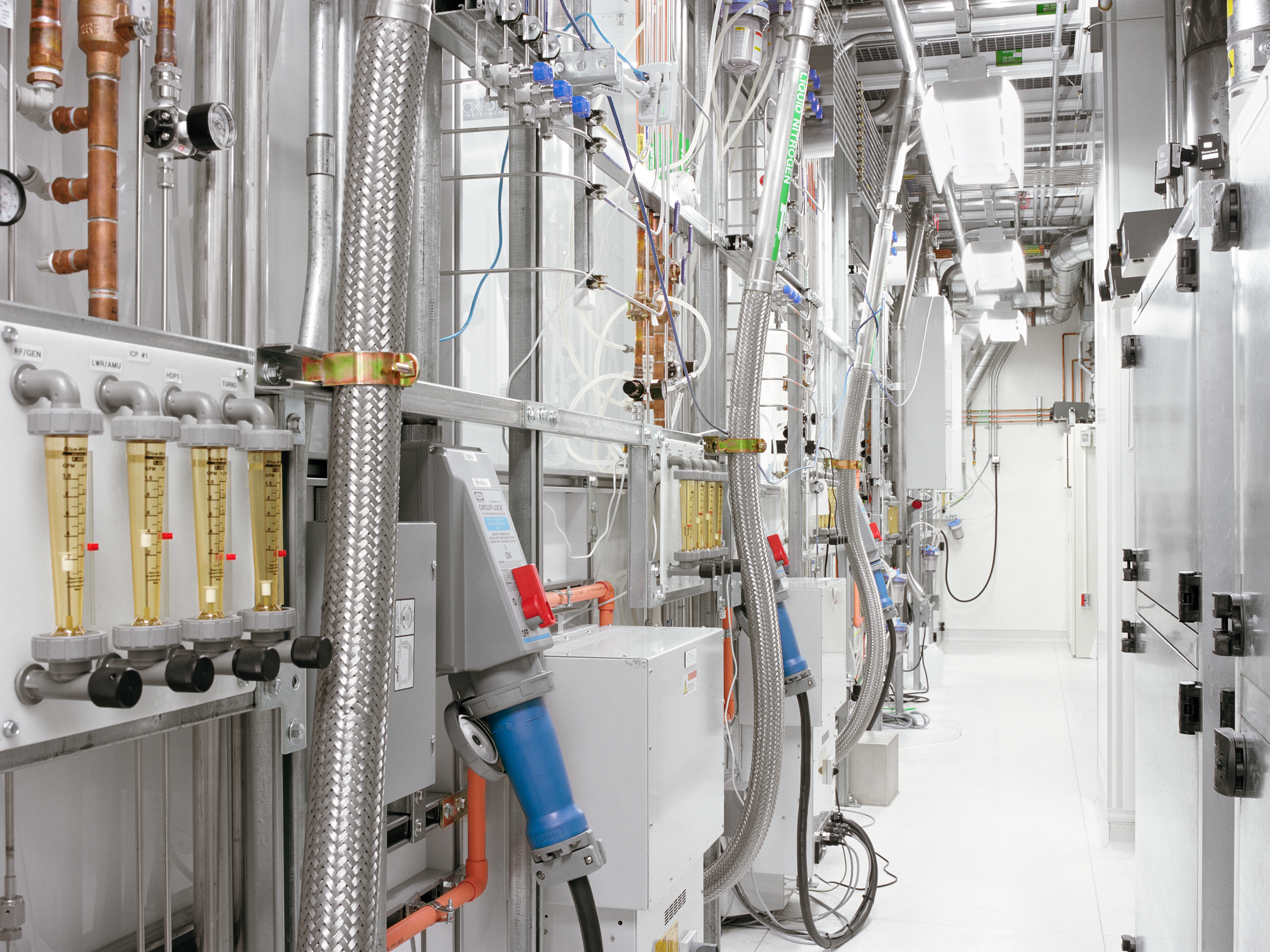
Archival Pigment Print | 48 by 64 inches, edition of 6 + 2AP | 30 by 40 inches, edition of 6 + 2AP
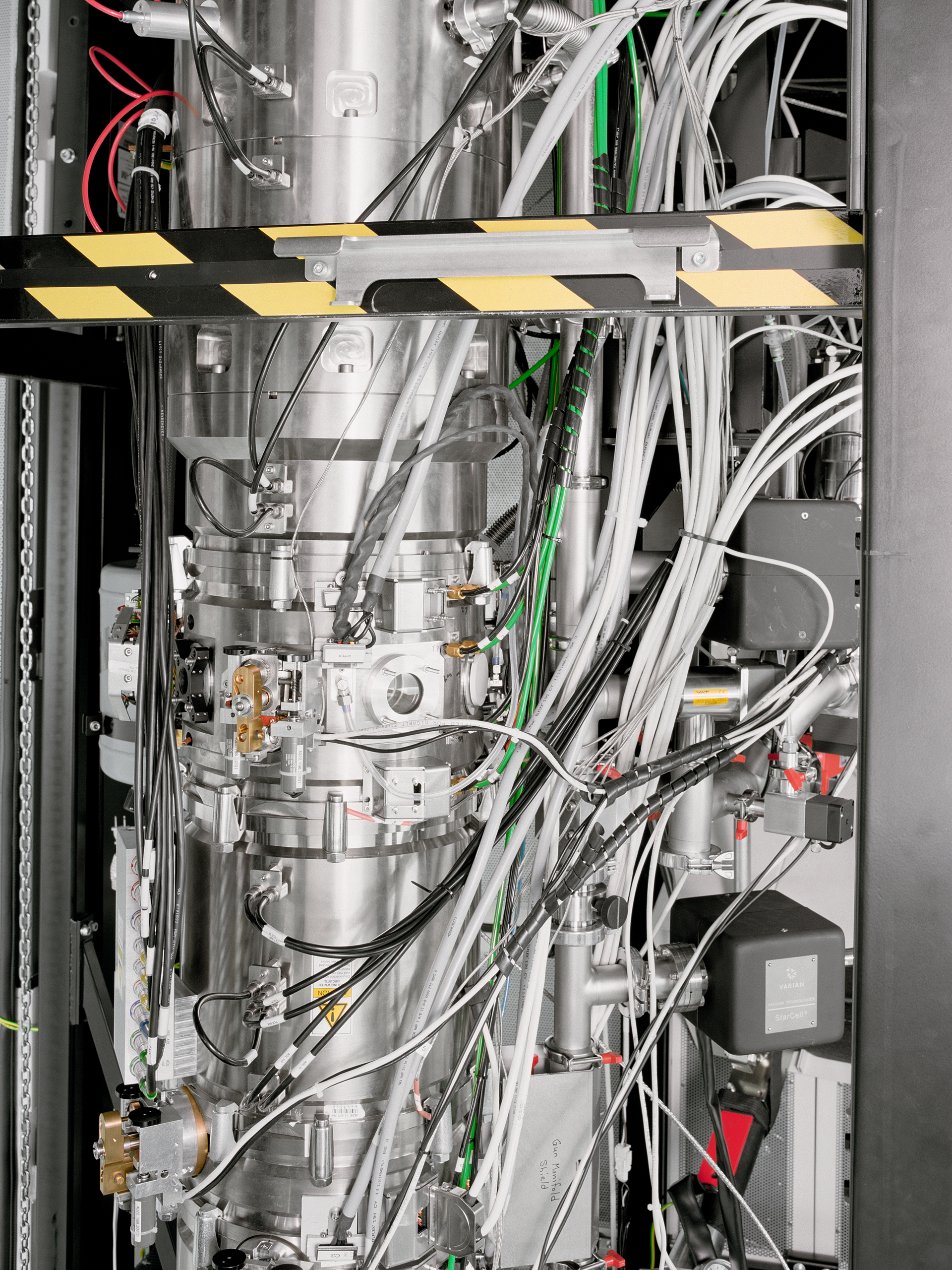
Archival Pigment Print | 48 by 64 inches, edition of 6 + 2AP | 30 by 40 inches, edition of 6 + 2AP
Our sites of technological experimentation embody our collective aspirations for the future, though they are often hidden from view and difficult to access. Embedded in the architecture of laboratories and other zones of technological inquiry and experimentation are issues about how human imagination and endeavor are made physical.
My photographs in The Uncanny Laboratory depict experimental devices and individual workstations at the Lawrence Berkeley National Lab. Founded in 1931 as the Radiation Lab at the University of California, the facility was instrumental during World War II in developing the cyclotron, the proximity fuse, radar, and, most significantly, the atomic bomb.
The Berkeley Lab has maintained its status as a major international physics research center, devoted to such wide-ranging endeavors as discovering the fundamental properties of energy and matter and creating a “second skin” for protection against chemical and biological toxins.
At the Berkeley Lab, I made pictures within the Molecular Foundry, a multidisciplinary nanoscience research facility, and at the Advanced Light Source, a synchrotron light source with 41 beam lines providing ultraviolet, soft x-ray, and hard x-ray light to scientific experiments. Although devoted to scientific inquiry and technological advancement, these devices and architectural chambers appear strange, alien, and even dystopian.
Bruno Latour wrote in his recent exhibition and catalogue titled Reset Modernity, “…The question for us becomes that of understanding why humans touched by hypermodernism have so much difficulty taking seriously that they are of this earth and thus must stay inside the boundaries they keep pushing beyond.”